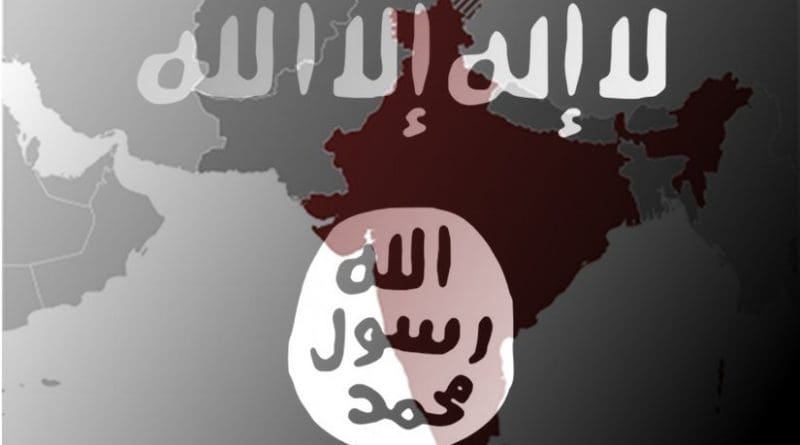Why Did It Take Four Years For Govt To Confirm Islamic State Killed 39 Indians? – OpEd
By Observer Research Foundation
By Kabir Taneja
Union External Affairs Minister Sushma Swaraj told Parliament on Tuesday, 20 March, that the government found DNA proof regarding the death of 39 Indian workers who went missing in June 2014 from Mosul, Iraq, after ISIS took over the city. Her announcement ended years-long speculation, mostly from the government’s part, on the fate of the missing.
DNA matches from bodies exhumed out of mass graves surrounding the infamous Badush prison, on the outskirts of Mosul along the banks of river Tigris, confirmed the deaths of the missing Indians. According to a detailed account by the lone survivor from the group, Harjit Masih, the remaining men were killed, execution style, on 15 June 2014, four days after their abduction.
A Brief History of ISIS’s Role in Iraq
The run-over of Mosul, Iraq’s second largest city, in 2014 was not a black and white affair. ISIS leader Abu Bakr al-Baghdadi’s forces drove into the city mostly unchallenged, as many citizens welcomed them on the premise that the Sunni group would offer protection and betterment after Baghdad disposed of many Sunni men in the Iraqi army and replaced them with often younger and incompetent Shiite ones.
This sectarian rift emboldened ISIS, as its leader announced the setup of the caliphate, his own proto-state, from the city’s famous Al Nuri grand mosque. In the wake of all this, 39 Indian workers were trapped and lost their lives.
Multiple sources, other than Masih, had confirmed by the end of 2014 that the Indians were no more. However, the government persisted on its strange perception that it had sources that would confirm in writing that the 39 were alive, almost dismissing his eye-witness account. A battle of narratives and counter-narratives ensued, with New Delhi conflicting any report suggesting that the men had been killed within days of capture itself.
India’s Rescue Mission in IS-Controlled Iraq
Meanwhile, India even appointed a special envoy with regional expertise, Suresh Reddy, and dispatched him to Erbil, in Iraqi Kurdistan, to oversee the search. New Delhi was hoping to tap into its old, surviving connections with former president Saddam Hussein’s Ba’athist fighters and generals, many of whom had joined ISIS and taken up prominent roles as ‘mayors’ of towns and cities that ISIS took over from Iraqi military.
Former Ba’athist military leaders such as Azhar al-Obeidi and Ahmed Abd al-Rashid were known to have made good headway within the hierarchy of ISIS, with both being influential in Mosul and Tikrit respectively.
India did manage to successfully evacuate 46 nurses from Tikrit via Erbil, which was made possible due to a variety of factors, including diplomacy and the fact that ISIS releasing nurses gave the terror outfit positive status within Iraq after losing traction within the Sunni population of the country due to its violent tactics.
What Took New Delhi 4 Years to Confirm the Deaths?
Indian construction workers have been a common sight across the Middle East, and Punjabis have often migrated to the region to work both in construction and as truck drivers, plugging labor gaps in an often scarcely populated geography.
The pull to work in war-torn areas is usually mostly economics, even ISIS during its peak (when it commanded geography almost as big as the United Kingdom) was known to be a good paymaster for transporters. Truckers interviewed by researchers had told that ISIS in fact paid more than private contractors of the state, and on time in cash.
However, the regional situation and economic compulsions apart, the larger question that remains unanswered is why did New Delhi take four years to confirm the loss of the 39 Indians? Why was Masih’s account rejected, despite corroboration by Bangladeshi workers who were stuck in the same situation? Why did they drag the families’ hopes for this long only to ‘officially’ announce what had been known all along?
No logical explanation, other than the fact that the government wanted DNA proof, can be seen here.
Despite the need for DNA confirmation, what about those government’s sources who were confidently telling New Delhi that the 39 workers are not confirmed dead? The government often paraded the families on national television, giving them hope and being bullish towards the fact that their intelligence suggests the 39 are or may be alive.
India’s Handling of ISIS Throws Up More Questions than Answers
The issue of corroboration of proof is bureaucratically understandable, however, such strategies work better when the abduction of a single person takes place. Groups of people in a war zone, specifically for a non-state militant actor, are liabilities unless they solve specific purposes, such as nurses to treat the wounded or demanding ransoms.
Taking care of them, and more specifically moving them, poses grave risk of detection for a group. Nonetheless, one thing is for certain, the way New Delhi handled the issue, particularly with the families of the lost, raises many more questions than answers.
This article originally appeared in The Quint.

